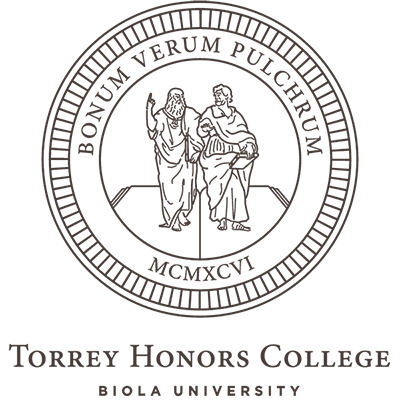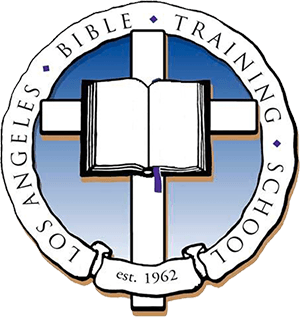A scene from the Leben der heiligen Altväter (1482)
Entangled in the TrinityEconomic and Immanent Trinity in Recent Theology
Dialog: A Journal of Theology 40:3 (Fall 2001), 175-182
There is a noteworthy line in John Donne’s Holy Sonnet 16, where the poet extols the Son of God for freely sharing the benefits of salvation while at the same time retaining “his jointure in the knotty Trinity.” Donne’s metaphor pictures the Trinity as a complex knot, and therefore the persons of the Trinity as distinct strands tied together, braided or woven into an indissoluble union with one another. The image is odd and even perhaps startling. “Knotty Trinity,” however, serves well as a poetic rendering of the doctrine of perichoresis, the mutual indwelling of Father, Son, and Holy Spirit. It is this perichoretic interpenetration of the persons of the Trinity which has long been considered the central concern of trinitarian theology. The serious business of the doctrine of the Trinity, in fact, is traditionally taken to be a discussion about how it is that “these three are one.”
Although the task of reconciling threeness with oneness is still prominent in contemporary theology (especially as it bears on the choice between a psychological versus a social analogy), theologians in recent decades have focused on a different question: the relationship between the triune God and the world. Where trinitarians in the past may have searched for more subtle knots to use in tying together Father, Son and Holy Spirit, now the hunt is on for new and improved devices for securing the Trinity and the world to each other. Nor is it merely a coincidence that trinitarian theology has concurrently undergone a renewal, moving from the periphery to the center of theological discussion. The knotty Trinity has braided itself deftly into our history, and some of the most interesting theological work of the past half-century has been devoted to following the involutions and convolutions of those knots.
Chief among those who have undertaken to trace the threads tying the Trinity to the world is Karl Rahner, whose lament over the moribund state of this doctrine in the modern period has become classic: Christians, said Rahner, may claim to be trinitarian, but their idea of God has become scarcely distinguishable from monotheism in general. The doctrine of the Trinity sits enshrined in textbooks and catechisms, but ignored in faith and practice. If trinitarianism were to be retroactively deleted from the history of the church, most of Christian literature would remain unchanged, because the doctrine has left only faint marks on “the catechism of head and heart.” In systematic theology proper, the doctrine of the Trinity has been sequestered into its own chapter near the end of the discussion of God’s being, and once dealt with is “never brought up again,” exerting no formative power on subsequent doctrines such as creation, grace, salvation, or eschatology Most of Christian doctrine, in other words, might as well be unitarian, since trinitarian concerns are so rarely brought to bear on the whole theological system. “It is as though this mystery has been revealed for its own sake, and that even after it has been made known to us, it remains, as a reality, locked up within itself. We make statements about it, but as a reality it has nothing to do with us at all.”
With this complaint Rahner opened his little book The Trinity. He intended to do more than just complain, though. He went on to recommend a solution to the problem, a solution which has become no less classic than his lament…
 Fred Sanders
Fred Sanders

